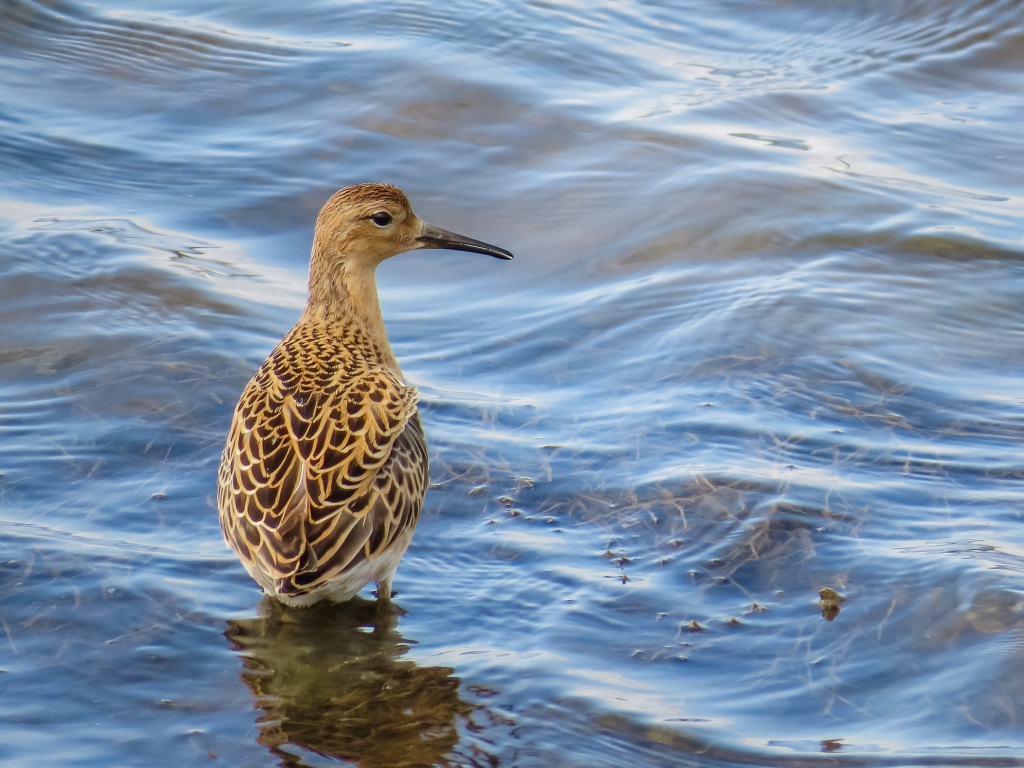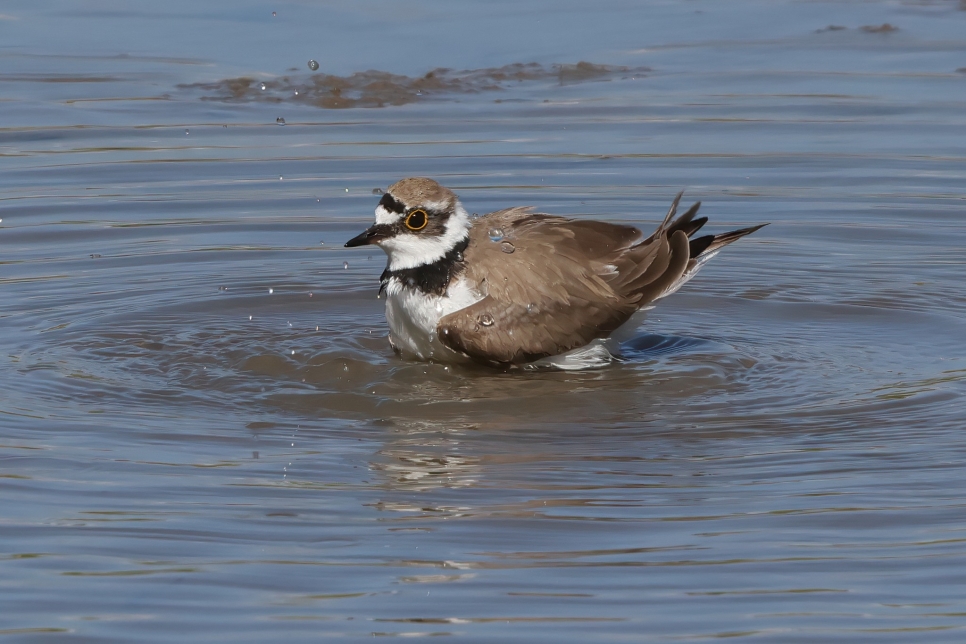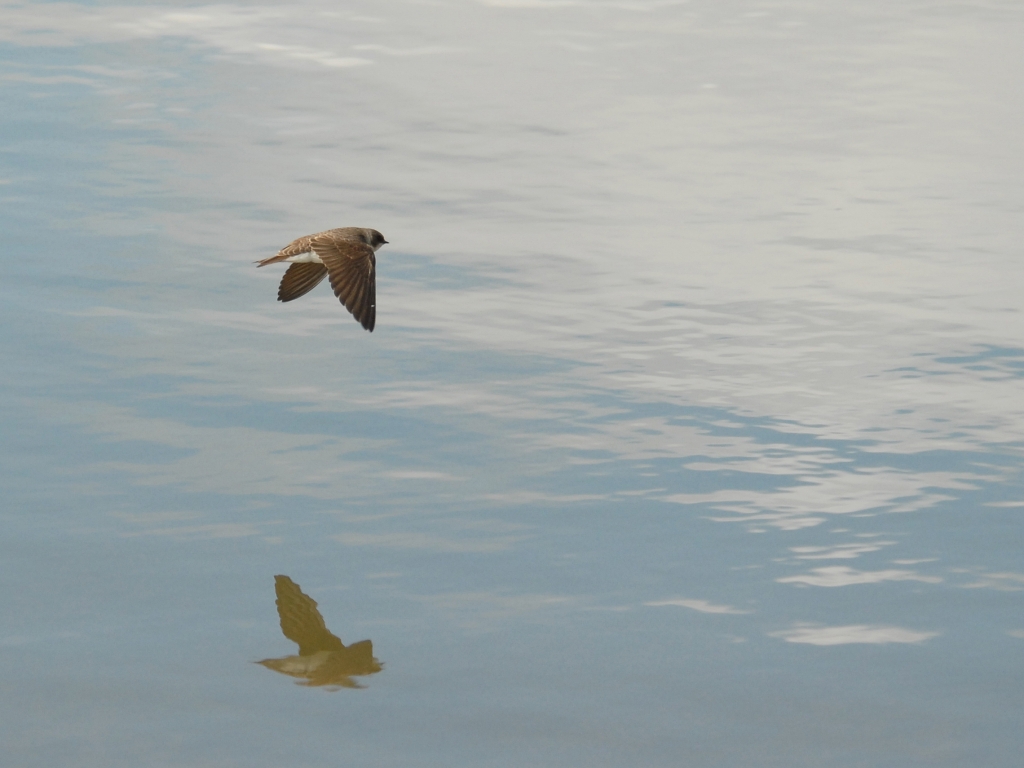Recent Wildlife Sightings 22nd - 28th June
Highlights: Elephant Hawk-Moth, Green Sandpiper, Black-Headed Gull, White-Letter Hairstreak
The burst of warm weather this week, although short-lived, brought out a diverse array of invertebrates, while newly hatched birds enjoyed stretching their wings in the sunshine.
Highlights: Elephant Hawk-Moth, Green Sandpiper, Black-Headed Gull, White-Letter Hairstreak
Out on Freshwater Lagoon, the first passage Green Sandpiper arrived after their breeding season, joining the smaller and plainer Common Sandpiper that are seen regularly feeding at the waters edge. The dark upperparts of this bird, coupled with its white rump, mean it can resemble a large House Martin when seen in its low zigzag flight.
The first Black-Headed Gull chicks to have fledged this year have been spotted around their nests on Deep Water Lake, with some venturing to Saline Lagoon to join their friends and relatives. We were very pleased to see them reach this stage, as it's a good sign that our floating rope Fox-deterrent barrier has been successful.
This was a good week for invertebrates, likely due to the more accommodating weather for them. The 'song' of Common Green Grasshopper can now be heard emanating from long grasses alongside paths, reminding us that Summer is in swing. Butterflies have also been out in force on days with less wind, with the first Large Skipper and White-Letter Hairstreak of the year seen around Millennium Wetlands in recent days. The White-Letter Hairstreak is not easy to spot, as it generally flies around the tops of Elm trees. Furthermore, this species suffered drastic decline when Dutch Elm Disease emerged last century, so it is pleasing to see that the Elm trees on site are healthy enough to accommodate this now scarce butterfly.
As part of our wildlife surveying this summer, we engage in regular moth trapping to monitor the night-flying species on our site. Knowing which moths are flying helps paint a picture of the overall health of our local ecosystem. This non-harmful method uses a light bulb specially tuned to a wavelength that attracts moths, under which we place empty egg boxes for the moths to hide in after entering the trap. A good diversity of species have been caught recently, with the most striking being an Elephant Hawk-Moth. This magnificent yellow and pink moth is certain to change the minds of anyone that thinks moths are all boring and brown. Aside from the nocturnal species, the day-flying Cinnabar Moth has been recorded in Millennium Wetlands this week. The bright red and black stripes on its wings make it an attractive invertebrate.
Mediterranean Gull numbers have been slowly building up on Saline Lagoon this week, with a total of 28 being the highest count. A Sandwich Tern dropped by near the Mediterranean Gull, looking rather puny in comparison. Small groups of Redshank and Greenshank have returned to our site this week, likely beginning their return migration journey. The visiting Spoonbill that arrived last week has been seen regularly from British Steel Hide, making the most of the invertebrates swimming around the shallow pools.



